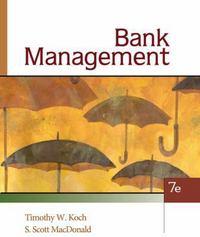Question
In the current period, a consumer gets an endowment y and pays lump-sum tax t. In the future period, the consumer is endowed with y'
In the current period, a consumer gets an endowment y and pays lump-sum tax t. In the future period, the consumer is endowed with y' and faces the lump-sum tax of t. The consumer can borrow at rate r1 and lend at the rate r2 , where r1 (i) Suppose that the rate at which consumers can lend got increased to r2 , so r1=r2 . That is, borrowers and lenders face the same rate. How does this increase affect the optimal choice of consumption (in the current and future periods) and savings for the consumer? Illustrate and explain how income effect and substitution effect matter for your answer for both lenders and borrowers. (ii) Now, suppose that the rate at which consumers can borrow got decreased to r1 , so r2=r1. That is, borrowers and lenders face the same rate again, but now the lower rate. How does this increase affect the optimal choice of consumption (in the current and future periods) and savings for the consumer? Illustrate and explain how income effect and substitution effect matter for your answer for both lenders and borrowers
Step by Step Solution
There are 3 Steps involved in it
Step: 1

Get Instant Access to Expert-Tailored Solutions
See step-by-step solutions with expert insights and AI powered tools for academic success
Step: 2

Step: 3

Ace Your Homework with AI
Get the answers you need in no time with our AI-driven, step-by-step assistance
Get Started


